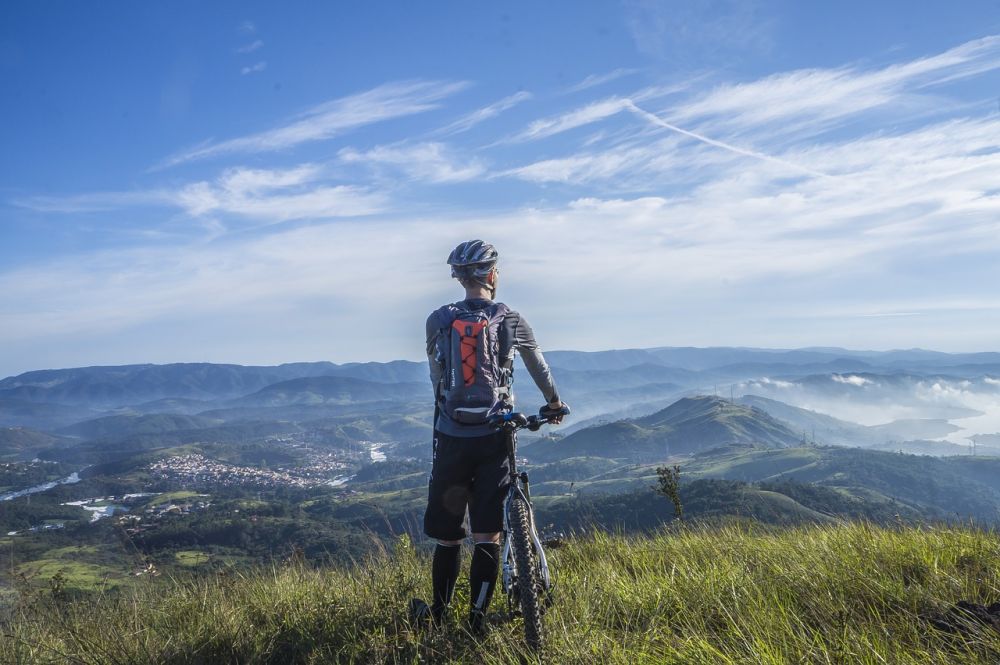Tour de France: A Cycling Spectacle Like No Other

Introduction:
Tour de France is an iconic cycling race that captures the world’s attention every summer. This prestigious event, known for its grueling stages and scenic routes, has a rich history and attracts millions of sports and cycling enthusiasts from around the globe. In this article, we will delve into the intricacies of Tour de France, its evolution over the years, and what makes it a must-watch event for all adventure seekers.
What is Tour de France?

Tour de France is an annual multi-stage bicycle race held primarily in France, but it also extends into neighboring countries. Created in 1903 by French newspaper L’Auto as a means to boost circulation, Tour de France has grown into one of the most prominent and challenging sporting events globally. The race consists of 21 stages, covering approximately 3,500 kilometers over a period of three weeks.
Historical Evolution:
Tour de France has come a long way since its humble beginnings. Initially, the race served as a platform for showcasing French cyclists and promoting French tourism. However, it quickly gained international recognition and attracted riders from across the world. Over the years, Tour de France has witnessed numerous changes, both in terms of the route and the regulations. These adaptations were made not only to ensure fairness but also to enhance the race’s excitement and competitiveness.
The Race Route:
Each edition of Tour de France features a unique and carefully selected route that showcases the diverse landscapes and cultural heritage of the host regions. From challenging mountain stages that push riders to their limits to fast-paced sprint finishes in bustling cities, Tour de France offers a dynamic and exhilarating experience for both the participants and the spectators. The route is meticulously planned to include mountain passes, time trials, and flat stages, testing riders’ endurance, climbing abilities, and sprinting skills.
Key Stages and Challenges:
1. Mountain Stages: These stages pose the most significant challenges for riders as they battle steep ascents, hairpin bends, and high altitudes. Races through the mighty Alps and Pyrenees often determine the fate of many contenders.
2. Time Trials: Time trial stages require riders to race against the clock, individually. With no drafting or assistance from teammates, this stage demands exceptional bike-handling skills and utmost speed.
3. Flat Stages: Flat stages provide an opportunity for sprinters to showcase their speed and power. These stages are often characterized by intense and thrilling bunch sprints, where riders sprint towards the finish line, battling for the stage victory.
4. Time Bonus Sprints: Throughout the race, intermediate sprints are conducted, offering time bonuses to riders who cross the line first. These sprints add an extra dimension to the race, encouraging aggressive tactics and strategic maneuvering.
Impact and Significance:
Tour de France goes beyond being a mere sporting event. It has cultural, economic, and environmental implications. The race attracts millions of spectators, generating significant tourism revenue for the hosting regions. It also serves as a platform for promoting sustainable development, with initiatives such as recycling and reducing the carbon footprint during the race. Additionally, Tour de France inspires millions around the world to embrace cycling as a means of transport, exercise, and recreation.
Featured Snippet:
“Tour de France, the pinnacle of professional cycling, takes place annually in France, featuring 21 stages and covering approximately 3,500 kilometers over a three-week period. This legendary race, established in 1903, attracts top cyclists from around the world, pushing their physical limits through challenging mountain passes, time trials, and flat stages. With its carefully planned routes showcasing diverse landscapes and its cultural significance, Tour de France captivates the hearts of sports enthusiasts.”
Conclusion:
Tour de France holds a special place in the hearts of sports enthusiasts and cycling aficionados worldwide. Its gripping history, challenging routes, and breathtaking performances have made it an iconic event in the realm of professional cycling. The race continually evolves, captivating new generations of fans while honoring the traditions that have made it a sporting spectacle like no other. Tour de France is not just a race; it’s an embodiment of passion, determination, and human endurance, making it a must-watch for all sports and leisure enthusiasts.
FAQ
What is the history of Tour de France?
What are the key challenges faced by riders in Tour de France?
What is the significance of Tour de France beyond being a sporting event?
Flere Nyheder
Pokaler Odense: Find den perfekte præmie til enhver begivenhed
Introduction: Tour de France is an iconic cycling race that captures the world’s attention every summer. This prestigious event, known for its grueling stages and scenic routes, has a rich history and attracts millions of sports and cycling ent...
05 juli 2025
Wellness Aarhus: En oplevelse af velvære, ro og afslapning
Introduction: Tour de France is an iconic cycling race that captures the world’s attention every summer. This prestigious event, known for its grueling stages and scenic routes, has a rich history and attracts millions of sports and cycling ent...
02 april 2025
Sådan Vælger Du De Rigtige Ishockeyskøjter
Introduction: Tour de France is an iconic cycling race that captures the world’s attention every summer. This prestigious event, known for its grueling stages and scenic routes, has a rich history and attracts millions of sports and cycling ent...
06 oktober 2024
Turneringsplan: Skab en succesfuld turnering
Introduction: Tour de France is an iconic cycling race that captures the world’s attention every summer. This prestigious event, known for its grueling stages and scenic routes, has a rich history and attracts millions of sports and cycling ent...
02 april 2024











